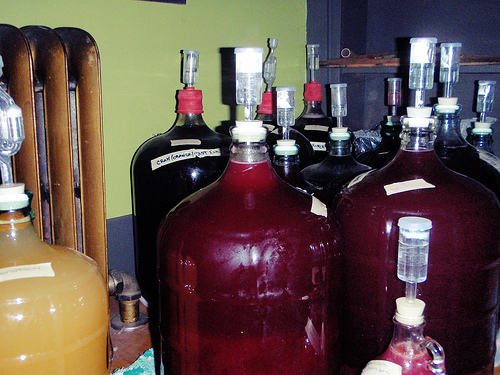How to Make Homemade Wine
Going to the bars for fun is quite an entertainment when you are with friends. However, once you walk out the bar you will certainly feel some weightlessness in your pocket as you have ended up spending some good money in the bar. Hence if you calculate the money you have spent on going to the bar on alternative days or over the weekends, you will certainly realize that the amount spent could have easily been utilized in establishing your own bar. Somehow if your are to open up a bar that will involve some other aspects but what you can easily do is learn about preparing wine at home.
Things Required:
– 2 gallon bucket with a lid that fits securely on top
– Spoon for stirring
– Wine yeast
– Pan that can be used to boil the ingredients
– Fine mesh strainer
– Fermenting vessel with a rubber bung and airlock
– Funnel
– Bottles and corks
– Tubes for siphoning
– Brushes and bottle brushes to maintain the equipment
– Wine making instrumentation including a hydrometer
Instructions
-
1
The very first thing you have to choose is the recipe for grape wine. Carefully choose the grapes you would use by simply crushing them between your fingers and tasting them.

-
2
As you purchase the hydrometer, make sure that you adjust it between 22 and 24 brix that will make the alcohol content of the wine around 11 percent.
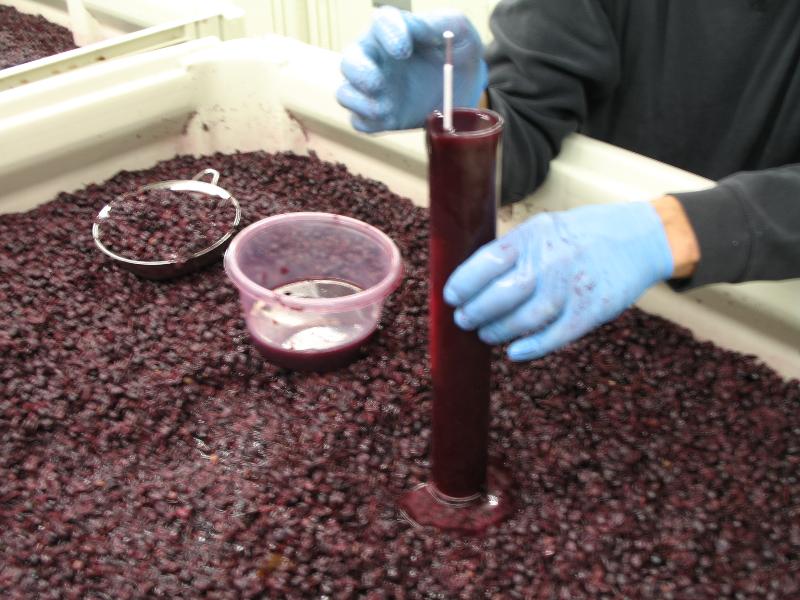
-
3
Wash your equipments thoroughly including the fruits for any debris or insects, discarding any rotten grapes and stems as they can make the wine taste bitter. It is advised to carefully sterilize the used bottles before utilizing them again.
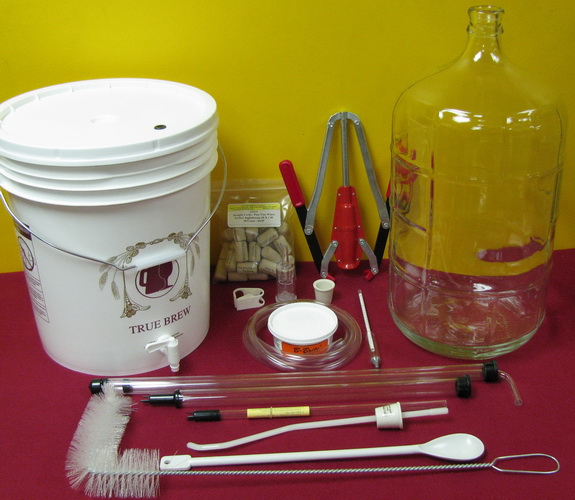
-
4
Extract the juice by crushing, chopping, soaking, pressing, or boiling the fruits. Place the extract carefully inside a primary fermentation container.
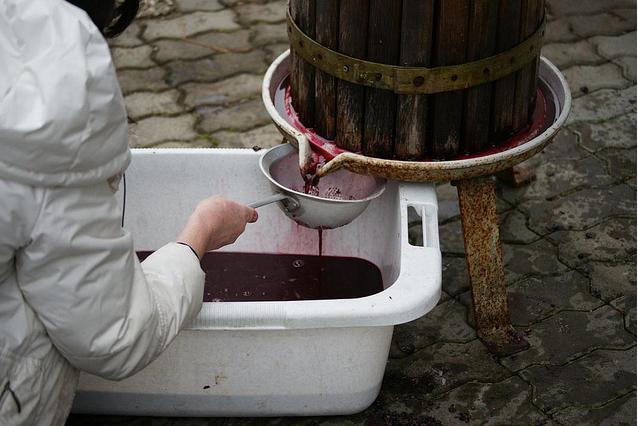
-
5
To provide flavour to the wine preventing any wild yeast growth and promoting cultured yeast growth, add Campden tablet. Besides, you will also add Pectic enzyme, Tannin along with granulated sugar and yeast.
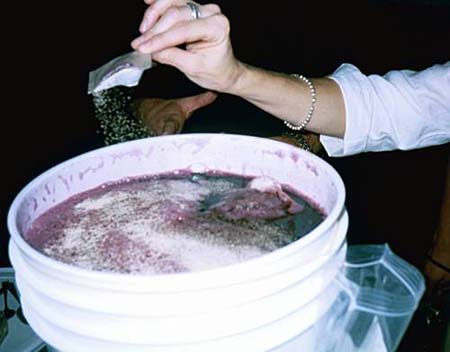
-
6
Once all these ingredients are blended in the primary fermentation container, the fermentation of wine will start and will continue for 3 to 10 days. It is good to loosely cover the opening with a piece of cloth and a rubber band around it.

-
7
After the primary fermentation is finished, transfer the liquid into the secondary container also called carboy container through the funnel.
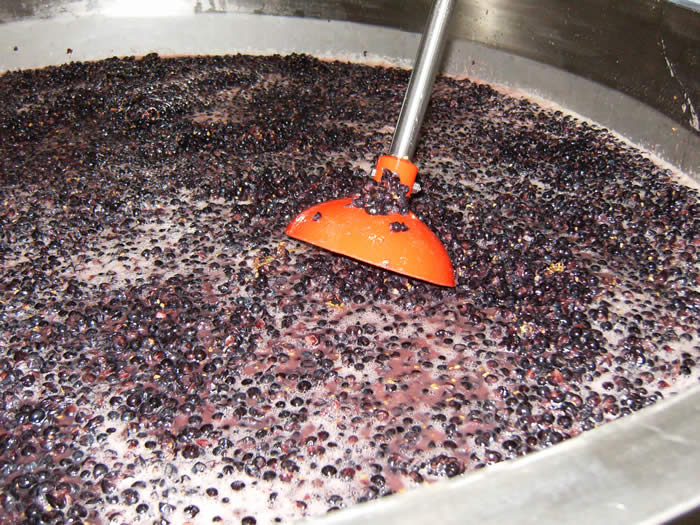
-
8
Once the transfer is completed, cover the container with fermentation trap or airlock and leave the wine to ferment in this container for next few weeks or so.
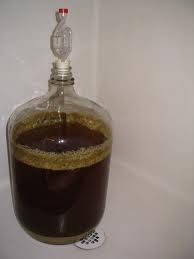
-
9
The next step is to rack the wine by siphoning it off the sediments into a clean secondary fermentation container with the help of a flexible plastic tube. This may be repeated frequently over a period of few months till the wine is clear and ready for bottling.
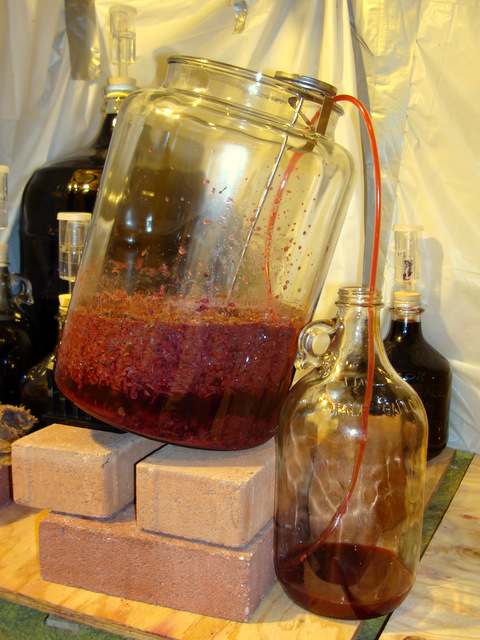
-
10
Upon ensuring that there is no more fermentation, your vintage is then ready for bottling. This can be easily done by siphoning the wine from secondary fermentation container into bottles with the help of tubes used in racking. While bottling, ensure that the bottles are not overfilled and are corked tightly.
